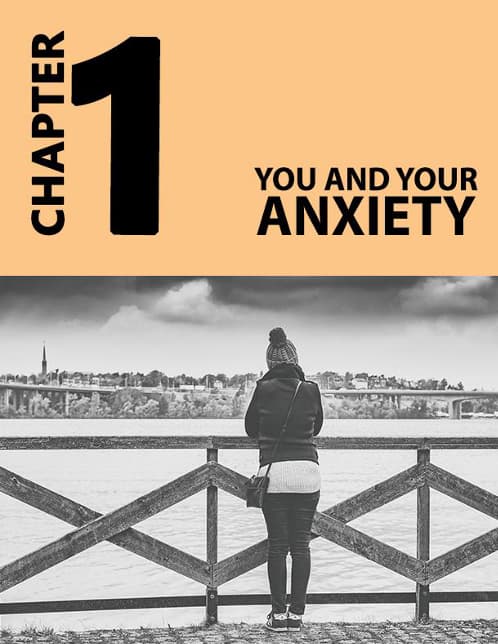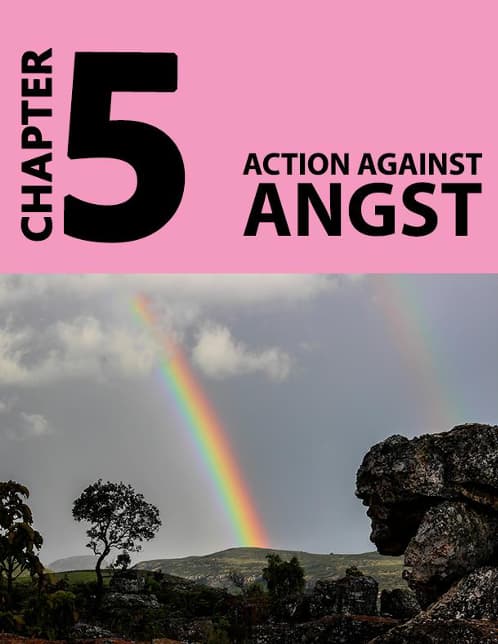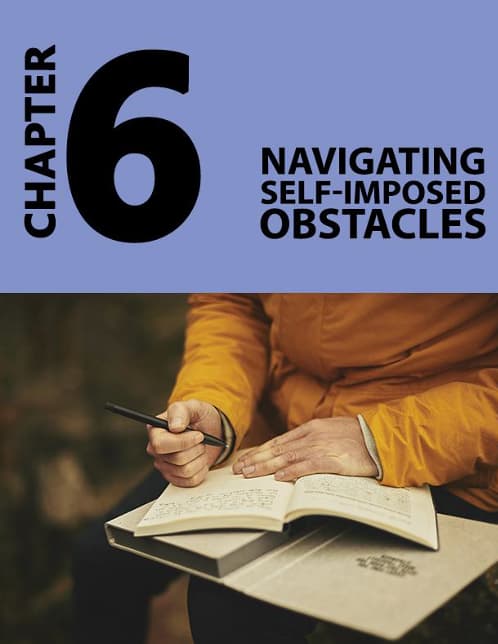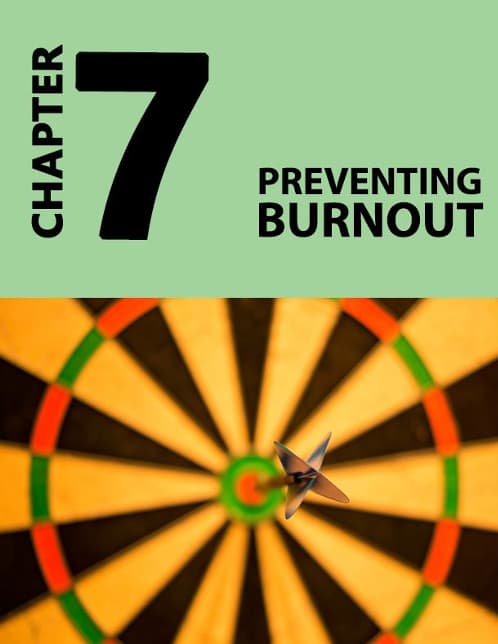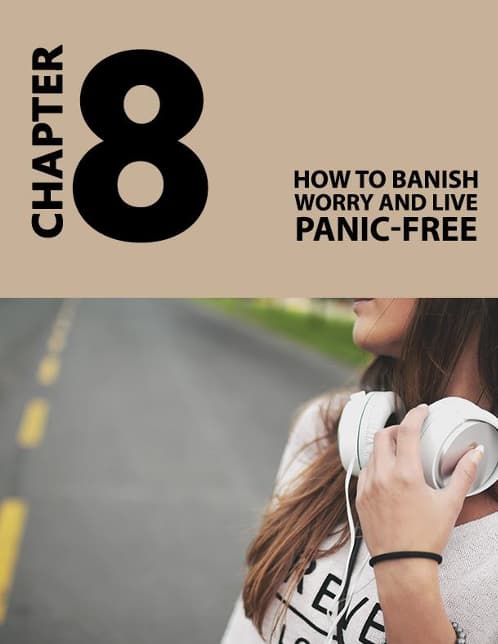Anxiety can creep up on you in many ways from physical and behavioral symptoms that are obvious to subtler symptoms that mess with your emotional and cognitive state of being. Yet, each time, it can leave behind a somewhat similar and familiar feeling - the feeling of being a little more lost, battered, and alone.
No anxious person has the same set of symptoms, which is why each person’s anxiety is unique and therefore their individual journey. That said, most people have some of each type of the symptoms, only in different combinations, which makes understanding how it works more appreciable. This chapter focuses on personality concepts that will help you understand how your anxiety works.
The Multifaceted You
Now, you cannot understand the average anxious person to understand your anxiety. You don’t need to either. You need to understand the many dimensions within which you and your anxiety exist. Once you start identifying these dimensions which are mostly characterized by triggers and symptoms, you’ll be able to work around them, and in time, overcome them too.
Worksheet 1 - What Do You See?
Here’s a quick worksheet for you. Do any of these situations sound familiar to you?
You dislike change. Every time you are put into a new situation, you feel restless and worried.
You over process information, decisions, and possibilities before acting.
You tend to be pessimistic about the present and future.
You constantly dwell into negative past experiences.
You worry about everything.
You feel awkward when someone compliments you. You also believe they don’t mean their compliments or are mocking you in some way.
You are your harshest critic.
While there is no scoring system here to rate your anxiety, it does help you to understand if you are anxiety-prone or not. The more items you check, the more likely you are suffering from anxiety, depression or both.
Understanding Your Anxiety and What It Is Doing to You
Anxiety on the inside can affect what you do and how you act on the outside. And so, if you were to observe your mind and body carefully, you might be able to notice some signs, behavioral and physical, that can tell you what your anxiety might be doing to you. For instance, an anxious person might be dealing with several conflicting and apprehensive thoughts. The internal noise and fear that reverberates inside might make them appear tired, withdrawn, and/or nervous.
Worksheet 2 - What Does Your Behavior Say of You?
Check off statements that apply to you.
I find myself crying for no reason.
There are times when I feel empty and can’t make myself do what I want to do.
I avoid socializing.
I avoid risks.
I also avoid doing fun stuff because I worry about the possible risk involved.
I’m afraid of failure and judgment.
I get fidgety.
I obsess over the past, worry about the future, and can rarely stay in the present.
And About Your Body?
I have no appetite.
I’m always hungry.
My palms sweat all the time.
I can feel nauseous, lightheaded, cold, and shaky when anxious.
My heart races when I worry.
I feel cold and weak too.
I have very little energy.
Again, there is no scoring system to rate your anxiety. The more symptoms you check off, the more likely you are experiencing anxiety.
Note: Now, some of the above symptoms can also result from various other reasons, and so, we suggest you consult your primary care physician before making any conclusions.
Reflecting upon Your Triggers and Identifying Beliefs That are Standing in Your Way
If you could follow an anxious mind, you might see patterns of unfavorable thoughts that keep playing on and off. These thoughts might be triggers to the anxiety itself, and so addressing them is very important. A clinical technique called imagery exposure, used in therapy, can help address the triggers as well as identify their sources.
Worksheet 3 - Imagery Exposure
Sit with yourself and truthfully reflect on any unfavorable thoughts that play in your mind, the thoughts that stop you from concentrating and being in the present, the ones that you want to forget, but cannot, and the ones that you might have kept buried and might not necessarily like to share with others. You can also reflect on any worry thoughts, the ones that haven’t happened yet, but you fear.
Recall the sights and sounds of the situation as if it were happening in front of you, as we speak, in as much detail as you can. Bring the image of the embarrassment, avoidance, worry, fear, hurt, and/or guilt vividly to mind. Deliberate on the image, living the experience thoroughly once.
Let the thoughts stay with you until they decide to leave you at their will. Repeat this exercise once every day for as long as you want. As you progress further, you’ll begin to see reasons. You’ll realize beliefs that have been blocking your path - your stuck points so to speak. You’ll find solutions to overcome the negative outcomes of your triggers. Finally, you’ll find peace.
This Is the Start
Now, this is a gradual process and is the first step to addressing your anxiety. Once you know what’s causing your anxiety, you can, in time, find ways to manage or overcome it (and this book shows you exactly how to do that.)
Mindfully Moving Beyond the Beliefs Blocking Your Path
The thing about stuck points is that when we’re caught in one, we don’t often think about ways to work around them and move forward. We don’t shift into problem-solving mode and weigh our options (mostly because we don’t know how to and therefore cannot).
To be able to solve problems, you must think realistically, coherently, without any chatter. And unfortunately, when anxious, our mind can get tied up in its contemplation wheel and fail to work on more productive and purposeful things.
For instance, imagine you have a team deadline to meet, but a member of your team isn’t contributing equally. Instead of working yourself up about why he/she isn’t doing their bit, it would be more useful to think about ways to help them step up or help reach the immediate deadline.
So, you can:
Speak to the member and let them know where they need to step up, while suggesting some options to work things out.
Give them simpler jobs or a checklist to do every day.
Split the work amongst others in the team.
Get the job done first and then look at a more permanent way out.
Mindfully forcing yourself to look at the possible solutions as opposed to mulling on the problem can help relieve the stress of rumination. Focusing on a constructive solution will shift you to a more positive state of mind just as achieving the solution will shift you to a state of peace and contentment.
Worksheet 4 - Recognizing Your Challenges
Reflect on the one stuck point that is stopping you from moving forward.
Define your best three realistic solutions. Keep them simple and achievable.
Decide what you need to act on them.
Decide how long you need to gather these tools.
Start working towards these goals.
Where to Next?
At this point, you should pat yourself on the back. You’ve made progress and are a step closer to understanding and managing your anxiety. The next few chapters discuss aspects that go a little beyond your thoughts. It dwells on areas such as your mind and your body and their role in your anxiety. Take a moment to pause now and then. Stay in the present. This is your reality.
Where do you want to be?
Ok, let’s start preparing for your future.


